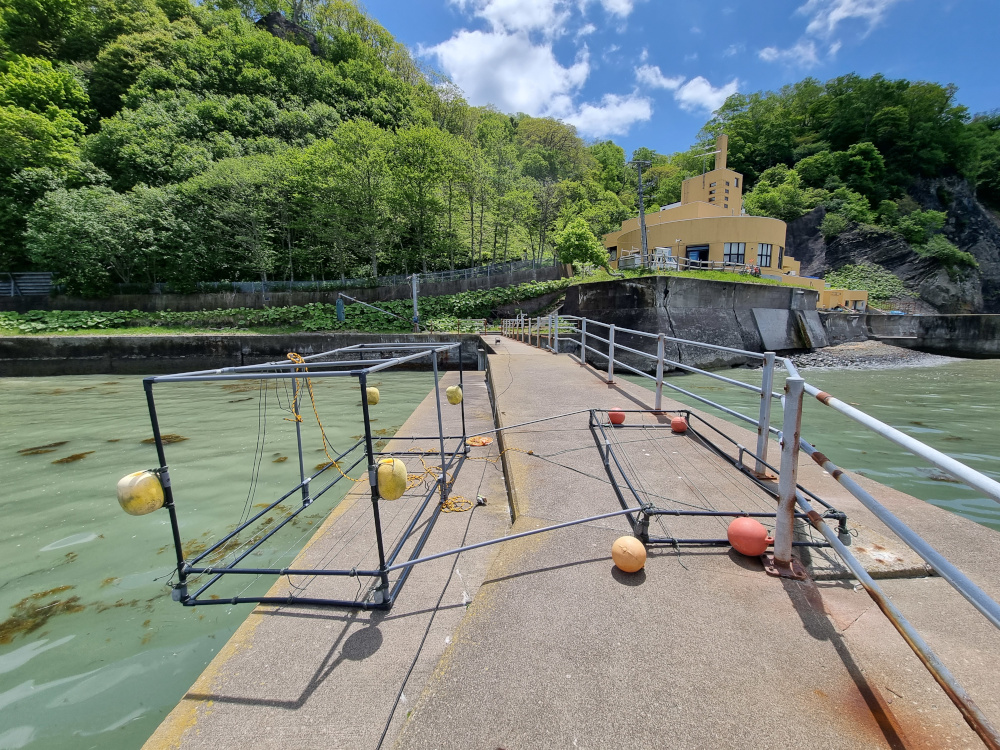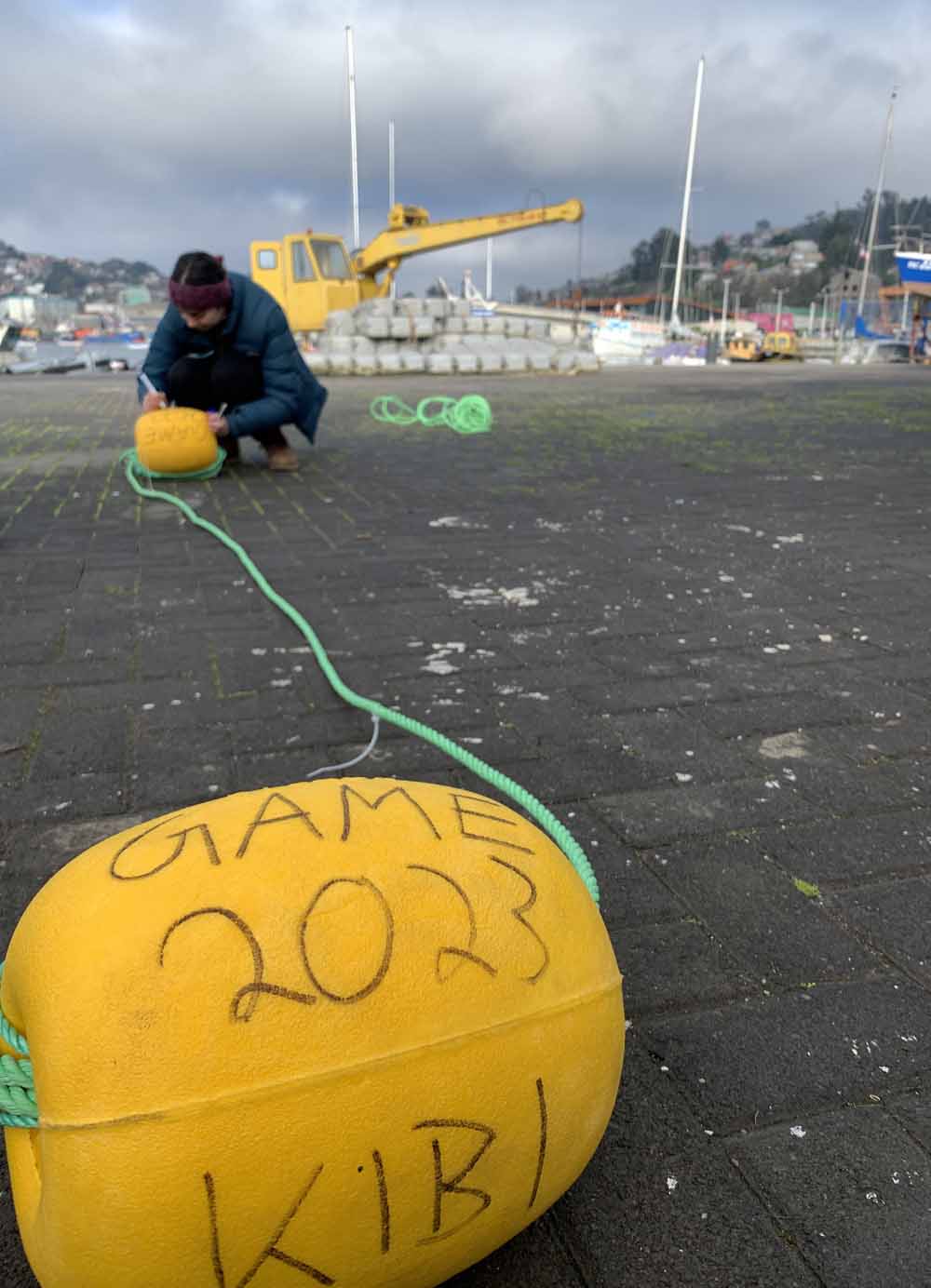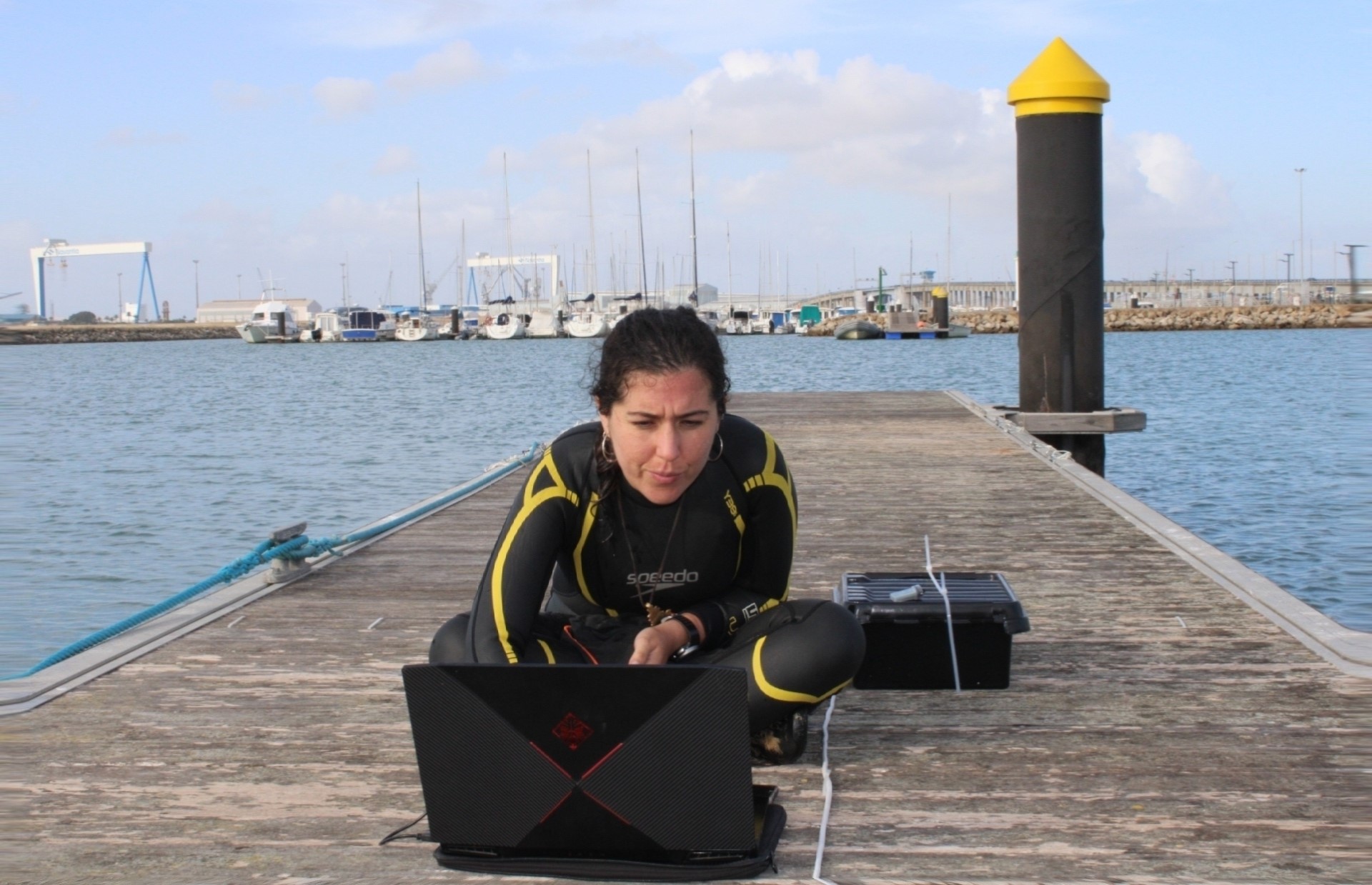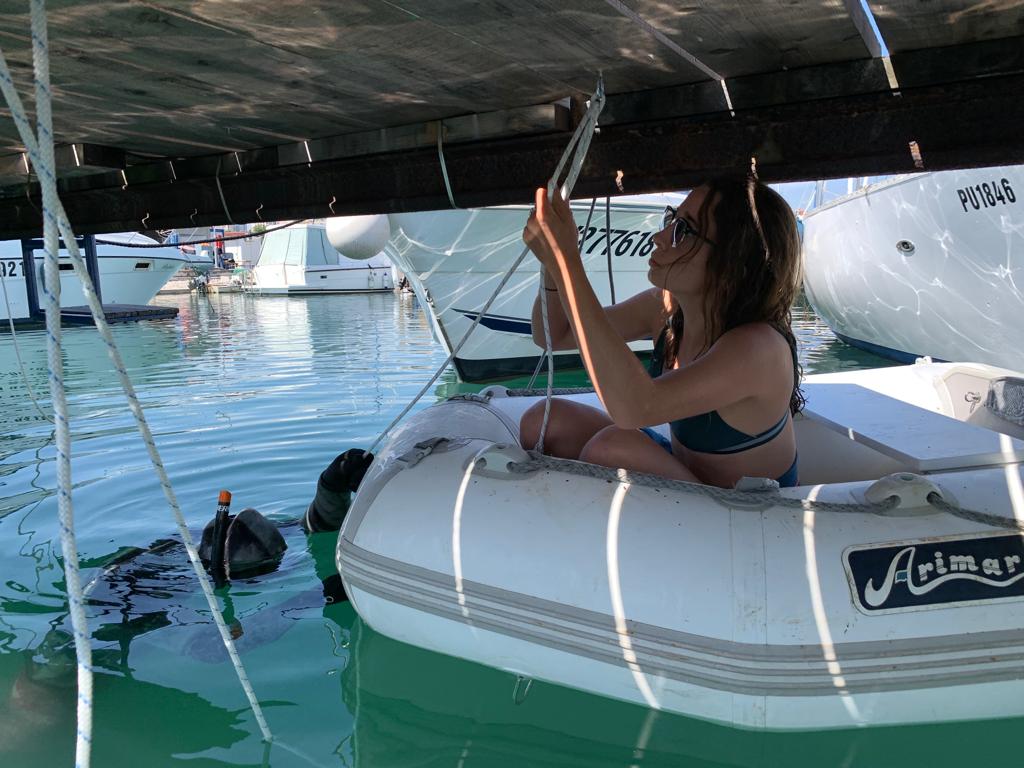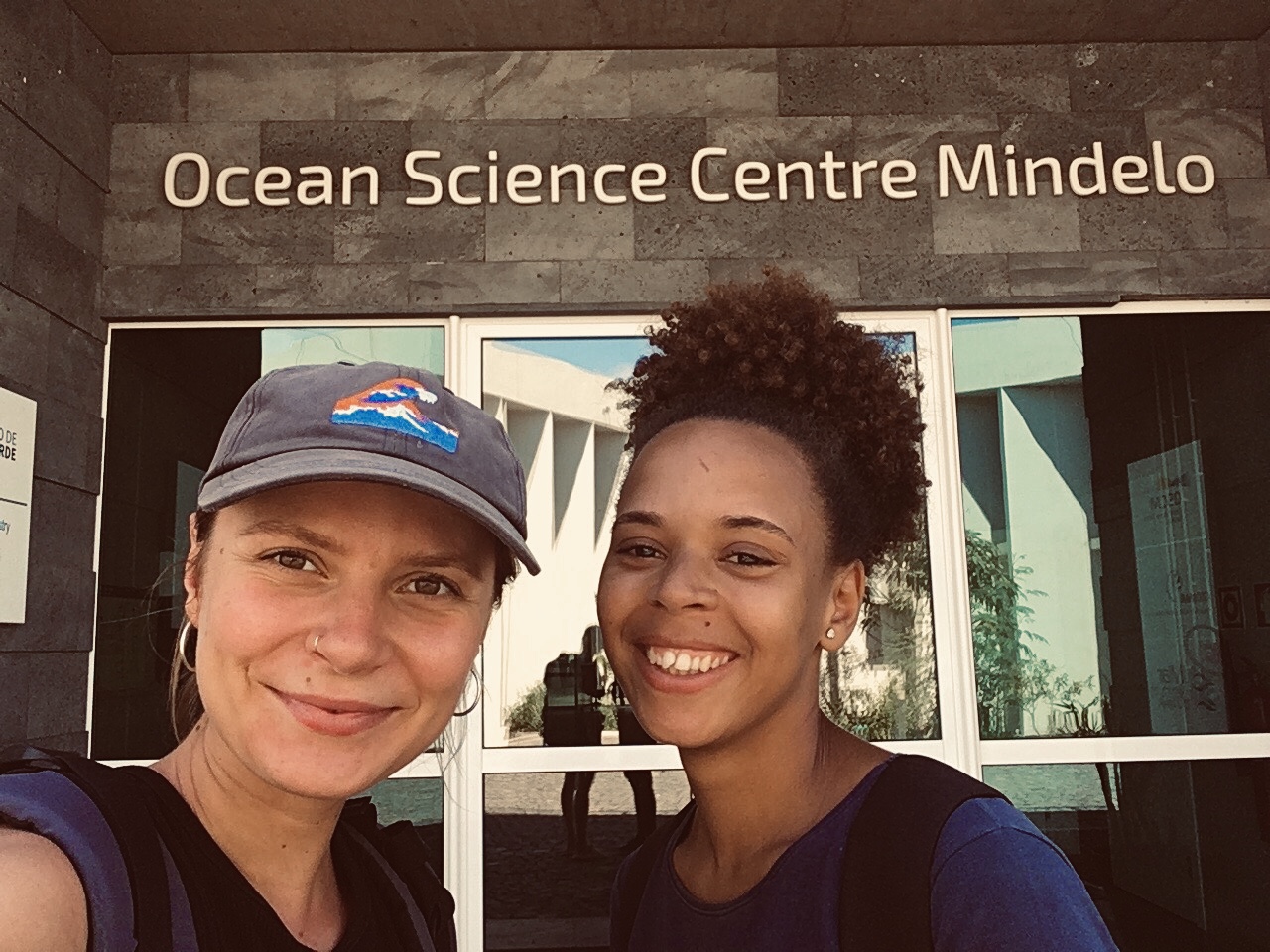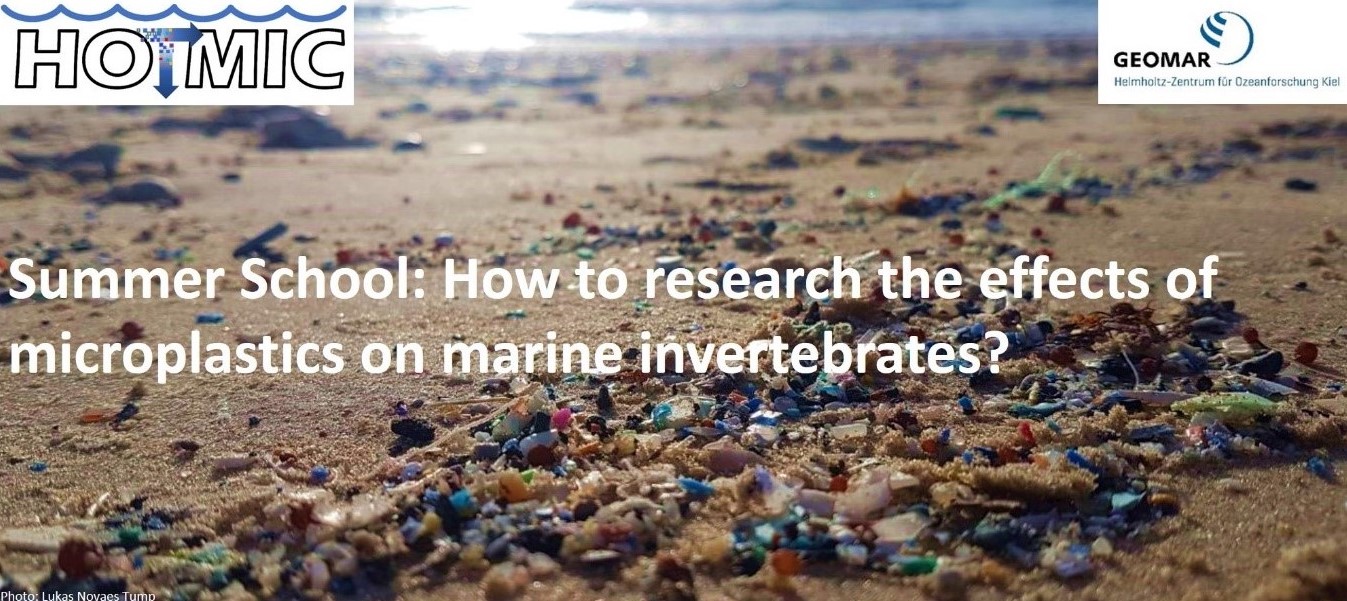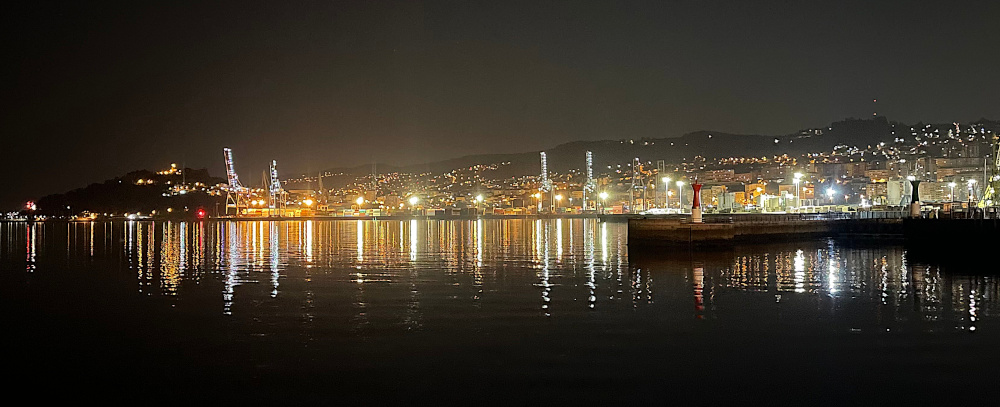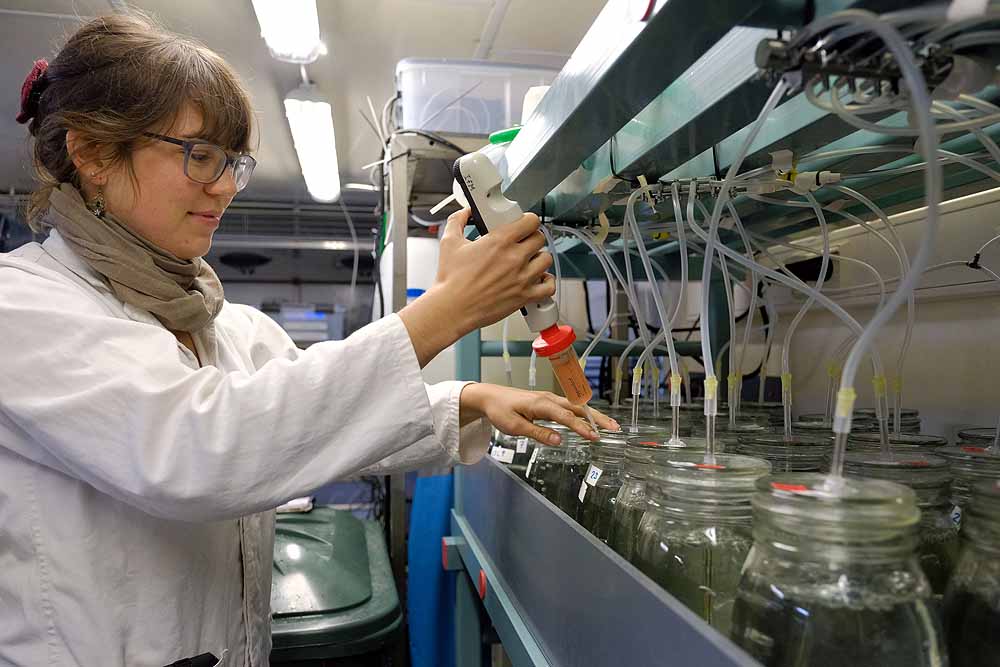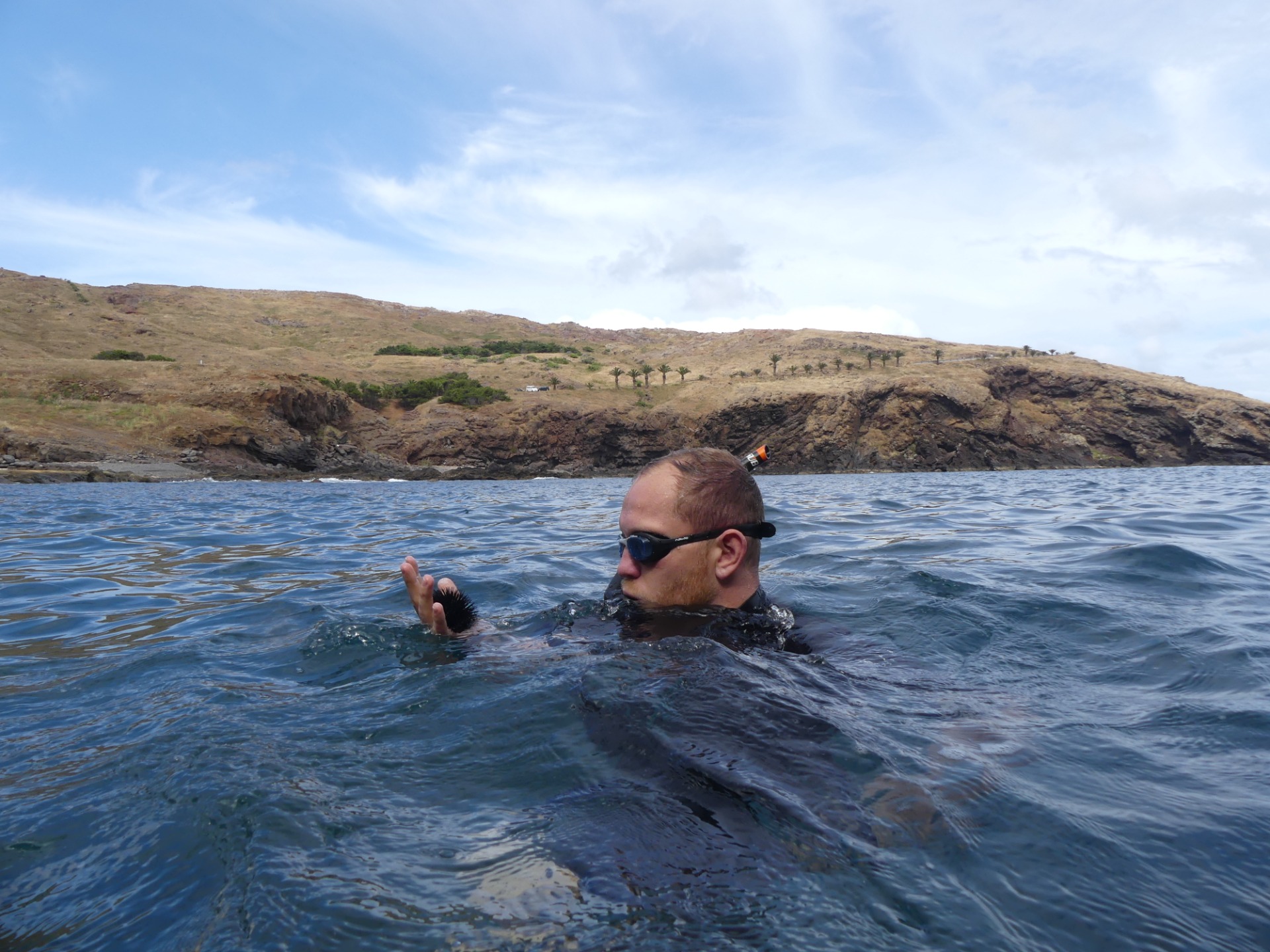We are Kyoko (21) from Japan and Lilli (26) from Germany and are working for this year’s GAME project at the Akkeshi Marine Station in Hokkaido, Japan. Akkeshi Marine Station (AMS) is one of the facilities of Hokkaido University and it belongs to the Field Science Centers for Northern Biosphere. The main campus of Hokkaido […]
No rest for the undeployed
Snorkelling through colourful coral reefs, diving into the deep unknown, and cruising through ice and snow on research vessels such as Polarstern. These are activities that most of you will probably expect if you hear that we are budding marine biologists. And honestly, this is also what we had in mind when we started pursuing […]
Hola from sunny Cádiz
This year, for the first time, a GAME project takes place at the Instituto Universitario de Investigación Marina (INMAR) in Cádiz, Spain. We’re Raquel (ES) and Chiara (DE) and together we are Team Spain 2023. Right now, we are in the middle of our experiment. Our GAME project looks at the influence of artificial light […]
GAME is back in Croatia: Does artificial light at night affect the settlement of benthic organisms in the Adriatic Sea?
By Vanessa Leininger What comes to your mind when you think about light pollution? Maybe you have an image of the New York skyline in your head. However, what looks beautiful to humans can be a thread for other organisms that are also exposed to the artificial light at night (ALAN). Most people who think […]
Olá, manera bo ta? Welcome to warm and sunny Cabo Verde!
We are Amelie (DE) and Isia (CV) and together we make Team Cabo Verde 2023. Those foreign words above are greetings in Creole, the Cabo Verde mother tongue, meaning “Hello, how are you?”. Continuing with last year’s research topic, we will investigate how artificial light at night (ALAN) influences the settlement behaviour of sessile invertebrates […]
Summer school on microplastics
In the framework of HOTMIC a summer school on microplastics will be held in September 2022. Background During the last decade, microplastics have been recognized as a globally emergent pollutant in aquatic and terrestrial environments and as such they received great attention by scientists, the media and politicians. However, we still know astonishingly little about […]
Research topic for 2022: GAME continues with investigating the effects of light pollution on marine benthic organisms
While the GAME teams of this year are still collecting data about the influence of artificial lighting at night (ALAN) on benthic grazers such as sea urchins and snails, it has now been decided that ALAN will also be the GAME research subject in 2022 and 2023. These projects will be funded by the Klaus […]
Terveisiä Suomesta! We say “Hello” from Northern Europe!
A few months ago, we didn’t know either that our team would exist nor that we would be participants in this year’s GAME project in Finland. We are a team consisting of two marine biology students from Germany: Helen Lichtenstein & Sarah-Vanessa van Dahl. Helen is studying at the Christian Albrechts University in Kiel and […]
Wie gefährlich ist Mikroplastik für Miesmuscheln?
Ist Mikroplastik eigentlich eine Gefahr für Meerestiere? Obwohl sich Vertreter und Vertreterinnen der Wissenschaft, der Politik, des Naturschutzes, von Behörden und wahrscheinlich auch alle anderen Menschen darüber einig sind, dass Mikroplastik – egal in welcher Menge – nicht in die Umwelt gehört, steht immer noch die Frage im Raum, wie schädlich die Mikropartikel für Lebewesen […]
Living the Light: What influence can artificial lighting at night have on the sea urchin Paracentrotus lividus in Madeira?
Hello, greetings from Portugal. We are Bruna and Marian, a Portuguese-German joint venture. We are based on Madeira Island in the Macaronesia region, which comprises a group of four volcanic archipelagos in the North-Atlantic Ocean (Acores, Canary Islands, Cabo Verde and Madeira). Due to its location about almost 1000 kilometers south-west of Lisbon, the climate […]
